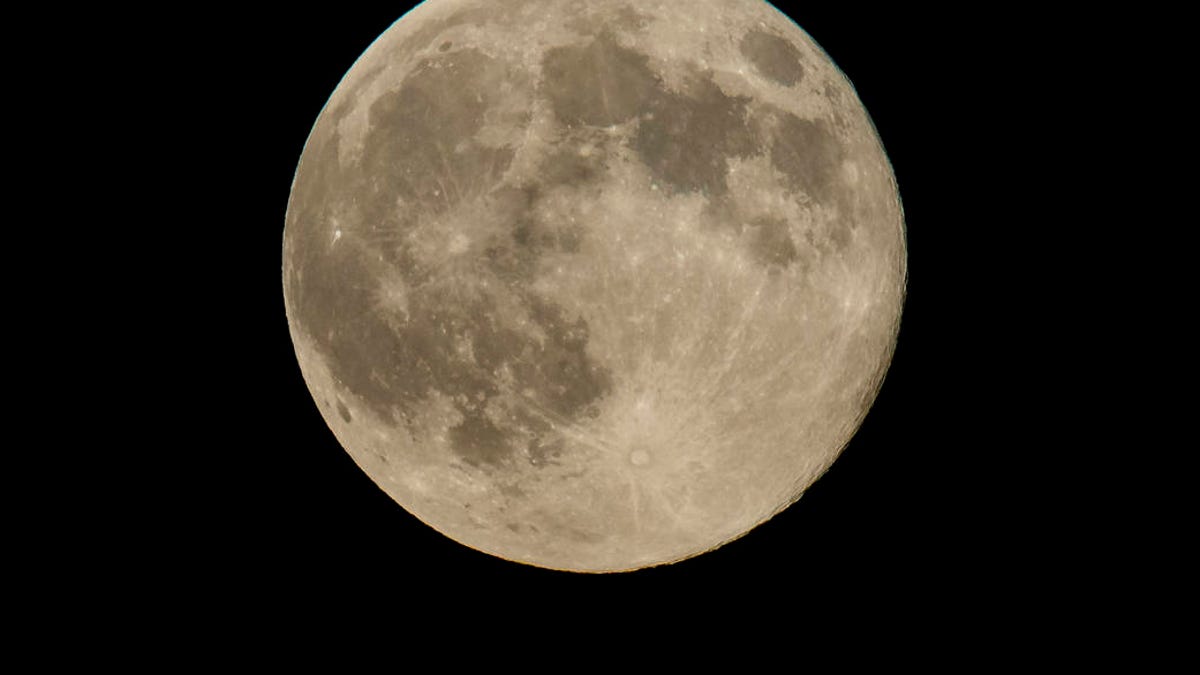Rare black moon Wednesday offers exceptional skygazing chance
Our natural satellite would look bigger than normal in the sky this week, but it's a supermoon in stealth mode. And that's a good thing for space fans.

A perigree full moon, or supermoon, is seen Sunday, August 10, 2014, in Washington. A supermoon occurs when the moon's orbit is closest (perigee) to Earth at the same time it's full.
An unusual type of supermoon is set to take the stage this week. It's called a "black supermoon," and what makes it unlike other so-called supermoons is that it's basically invisible.
The term "black moon" is an old nickname given to the second new moon in a given calendar month. If you remember your moon phases, you know a new moon occurs when the sun's light falls on the far side of the moon we don't see. It's essentially the opposite of a full moon.
The western hemisphere is getting a second new moon Wednesday, July 31 just before the calendar flips to August.
Making the celestial happening all the more intriguing is that this black moon comes when the moon is near its closest point to our planet along its orbit of Earth (the orbit is not a perfect circle). This is called perigee syzygy or more commonly, a supermoon.
We normally talk about supermoons when they happen along with the full moon, which can make for a lunar spectacle that appears a little larger in the sky than normal. To actually see this black supermoon, however, would require special equipment and significant skywatching experience, but it does offer remarkably dark skies to see other things.
That's particularly convenient, as two meteor showers are currently still near their peaks this week.
So take advantage of those black skies and the black moon to see if you can catch a shooting star or 2 or 10, just watch out for fireballs raining meteorites.
Originally published July 30.

